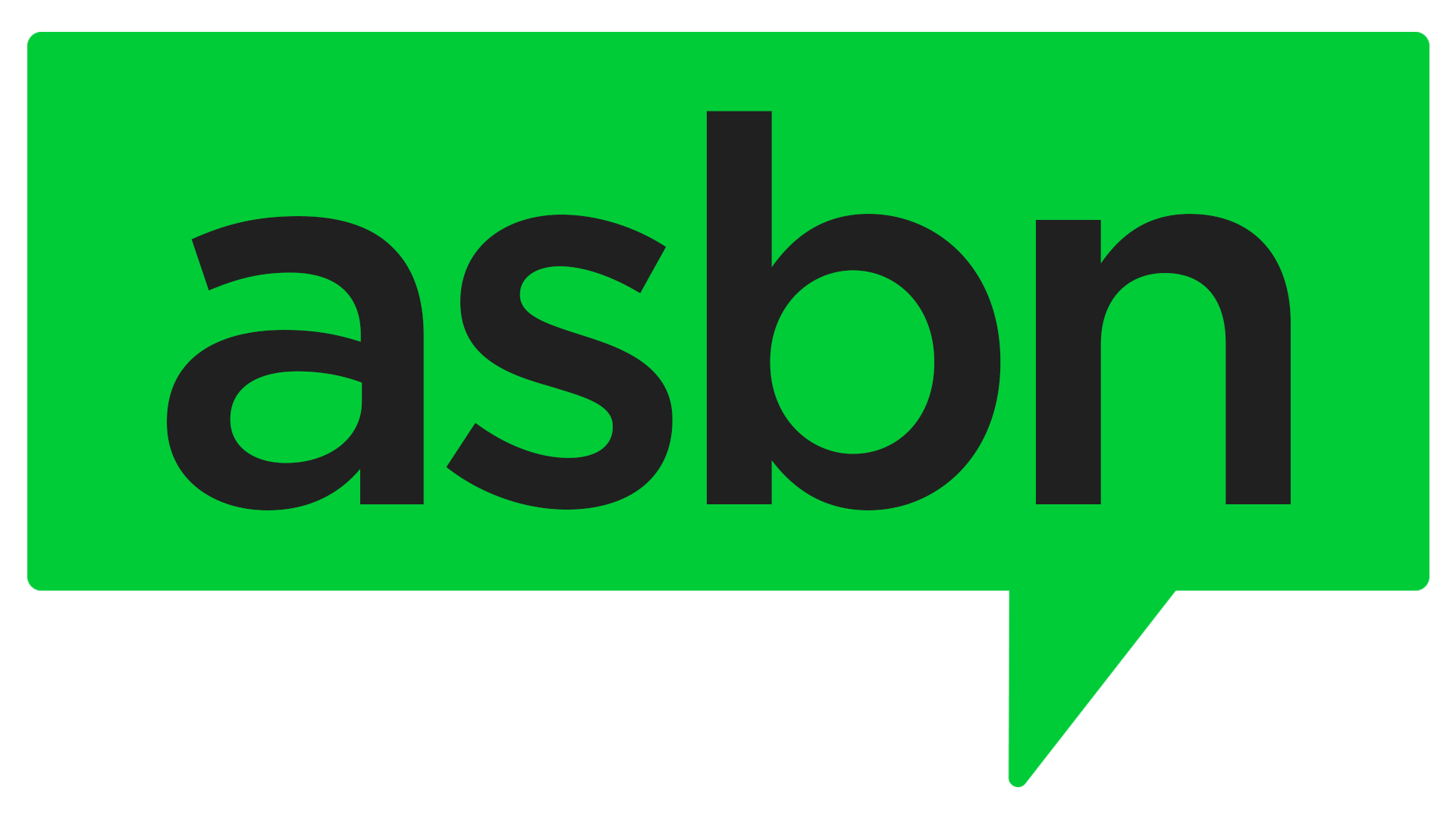On this episode of The Small Business Show, Alan Weiss continues the discussion on successful business practices with host Jim Fitzpatrick. Weiss is the best-selling author of “Sentient Strategy,” a book which sheds light on how the economy changed during the COVID pandemic, and why old-school tactics may no longer work for today’s customers. He is also a leadership coach, speaker and business consultant.
The customer isn’t right
“The customer is always right,” is one of the most common refrains heard in business dialogue. However, Weiss urges entrepreneurs to ignore this sentiment. “The fact is that a lot of organizations spend too much money and time on customers who aren’t really helping them,” he explains. While it is true that most shoppers know what they want, they do not always recognize what they actually need. Unfortunately, many companies choose to placate buyer concerns instead of solving the underlying problem. Offering buyers a product which not only fails to satisfy their needs but also works against the interests of the business can compound the damage done by a single, unwise purchase. “It’s important to understand who your ideal buyers is,” Weiss remarks. Rather than catering to everyone, he argues, business owners should focus on addressing the needs of their target audience.
Resilience imperative
According to Weiss, “Resilience imperative” is the concept of anticipating setbacks. “Anyone who’s striving, who’s innovating has these [setbacks],” he notes. “The key here is: what do you learn from it? How do you respond to it?” In other words, even if business owners employ hundreds of preventative measures, they will always encounter at least some form of failure. Thus, entrepreneurs should recognize that mistakes are both inevitable and beneficial. While they cannot be avoided, they can be used as opportunities to grow and improve.
Post-pandemic strategy
For business owners searching for ways to bounce back after the pandemic, Weiss recommends following three simple steps. First, identify the strategies and measures implemented in response to COVID which proved to be successful. Next, divide these into two groups: those which continue to work now that the economy has started to recover, and those which have outlived their usefulness. After ending use of the latter, research and develop suitable replacements. Using this method, entrepreneurs can save time on writing new business plans by retaining the elements which worked during the pandemic.


 ASBN, from startup to success, we are your go-to resource for small business news, expert advice, information, and event coverage.
ASBN, from startup to success, we are your go-to resource for small business news, expert advice, information, and event coverage.